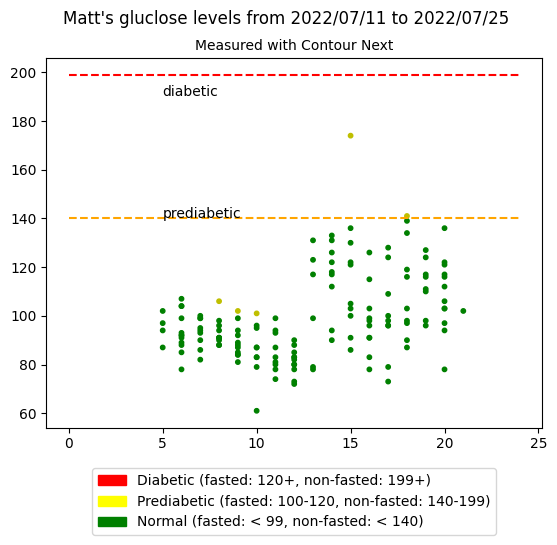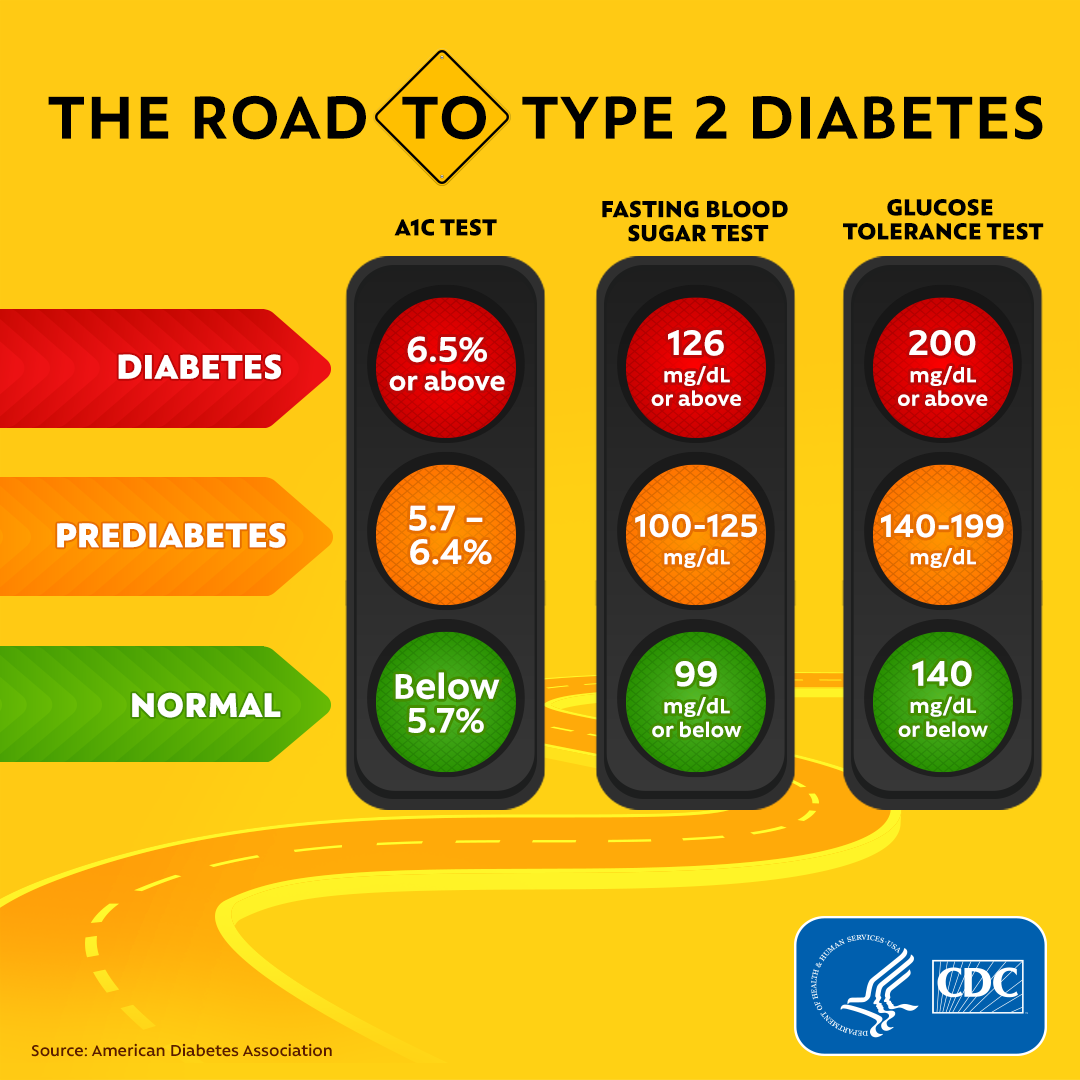Over the last two weeks, I’ve measured my glucose levels over 150 times. Starting on July 11, I’ve pricked the tips of left-hand fingers with an annoying lancet, producing anywhere between .5 – 3.0 micro-liters of blood each about once every hour.

Why?
Because I introduced intermittent fasting (also known as time restricted eating) into my routine and I wanted to gain an intuition for my blood sugar levels, good or bad. Seriously — it’s all about data collection and better understanding my body.

About 2.5 weeks ago, I stopped by the local local Rite-Aid located around the corner from my house, and purchased a glucose monitor — along with hundreds of test strips (by the way, DO NOT buy the test strips at Rite-Aid since they totally rip you off — the same test strips on Amazon cost 70% less: .30 cents per strip vs $1.60) to measure my sugar levels.
Acceptable blood sugar ranges
Before embarking on this self-experiment of data collection, I had no clue as to what sugar levels are considered healthy or unhealthy. An acceptable level depends on whether you are fasting or not (i.e. postprandial state) and glucose measurements (at least in the U.S.) are measured in milligrams per deciliter (mg/dL).

Fasted State
When fasting, your blood levels should fall below 99 milligrams per deciliter (mg/dL). Between 100 and 125 indicates Prediabetes. Above 125 ? That’s a sign of diabetes.
Postprandial State
When not fasting (i.e. postprandial state), the acceptable windows slide up. After eating, your levels should hover below 140. Between 140 and 199 — prediabetic. 200 or higher? Diabetic.
